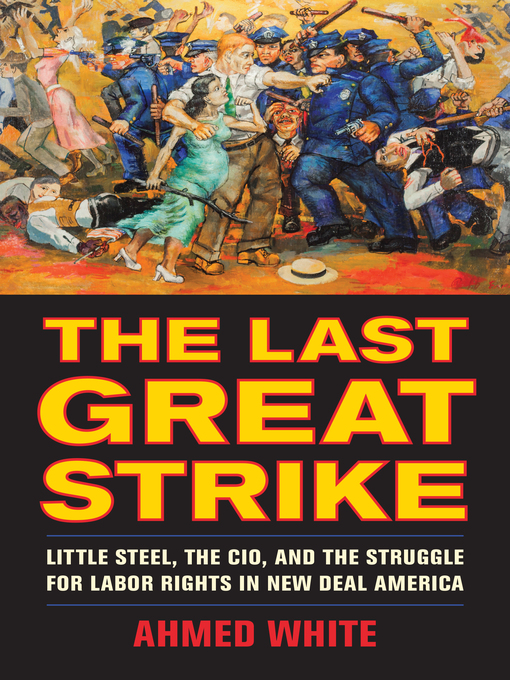- Newly Added eBooks
- Newly Added Audiobooks
- Mysteries for Book Lovers
- If you like Colleen Hoover...
- April Showers Bring May Flowers
- Look Who's Talking Now
- Mental Health Awareness
- Once Upon a Crime
- Good Enough to Eat
- Modern Horror
- Popular Nonfiction
- Trending on BookTok
- American History
- See all
-
Description
-
Details
-
Reviews
Traditionally the Little Steel Strike has been understood as a modest setback for steel workers, one that actually confirmed the potency of New Deal reforms and did little to impede the progress of the labor movement. However, The Last Great Strike tells a different story about the conflict and its significance for unions and labor rights. More than any other strike, it laid bare the contradictions of the industrial labor movement, the resilience of corporate power, and the limits of New Deal liberalism at a crucial time in American history.

Kindle Book
- Release date: January 4, 2016
OverDrive Read
- ISBN: 9780520961012
- File size: 7984 KB
- Release date: January 4, 2016
EPUB ebook
- ISBN: 9780520961012
- File size: 7984 KB
- Release date: January 4, 2016

Loading
